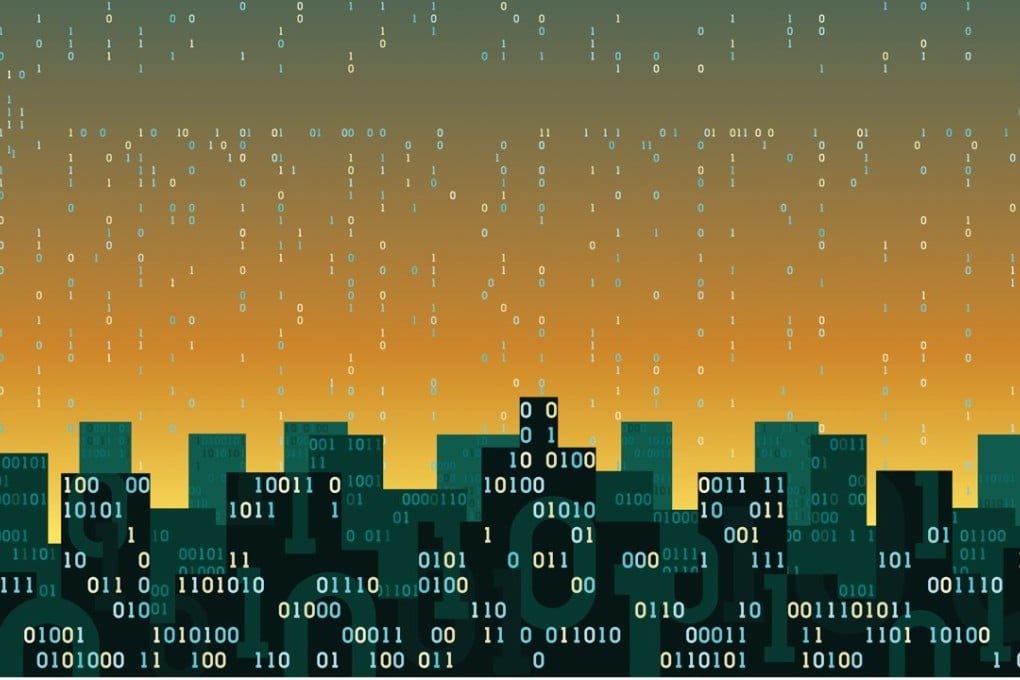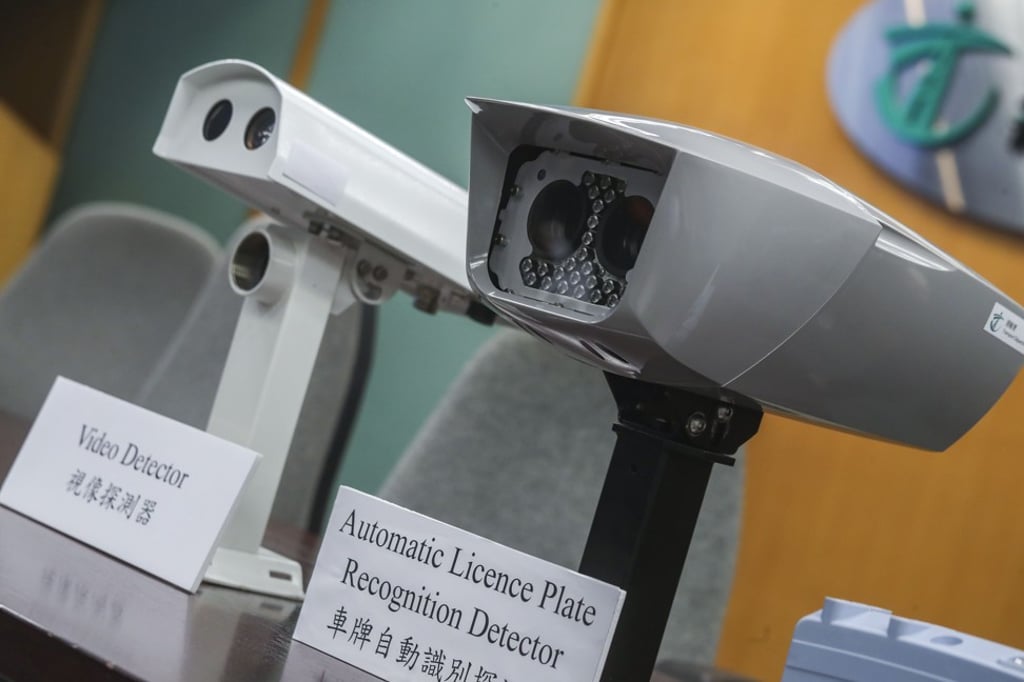Smart cities: are we sleepwalking into a Big Brother future of constant surveillance in the name of improved efficiency and safety?
Planners tell us smart-city initiatives will improve our lives, for example by smoothing traffic flow. But a dense web of sensors, meters and cameras allied to facial recognition programs means our every move can be tracked

When Eva Blum-Dumontet, a research officer for London-based non-profit Privacy International, attends conferences, she likes to ask people she meets if they live in a smart city.
The answer is often “no”, she says, and that is because respondents are unaware that they are from one of the many cities pouring money into such initiatives. A smart city is an urban area that uses different types of electronic data collection sensors to supply information which is used to manage assets and resources efficiently.
This response is worrying, Blum-Dumontet says, because it means they are ignorant of the potential risks to their privacy and security.
Metropolises around the world – including Hong Kong, which unveiled its blueprint last December – are racing to become smart cities, building an “intelligent” infrastructure geared towards greater efficiency. But what does it take to make a city smart?
“Smart city is a concept born in the late ’90s describing the digitalisation of urban information and the potential to apply artificial intelligence to information collected through sensors, to give timely responses to metropolitan problems,” says Dr Sara Degli-Esposti, a research fellow at the Centre for Business in Society at Coventry University in Britain.

The technology offers a wide range of solutions in areas such as traffic control, pollution and waste management, and effective use of energy.